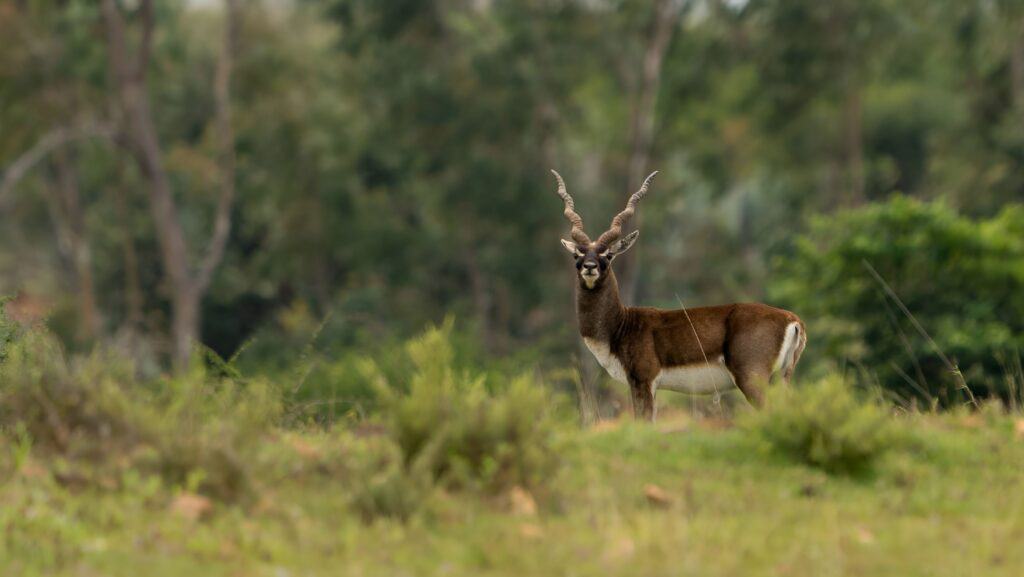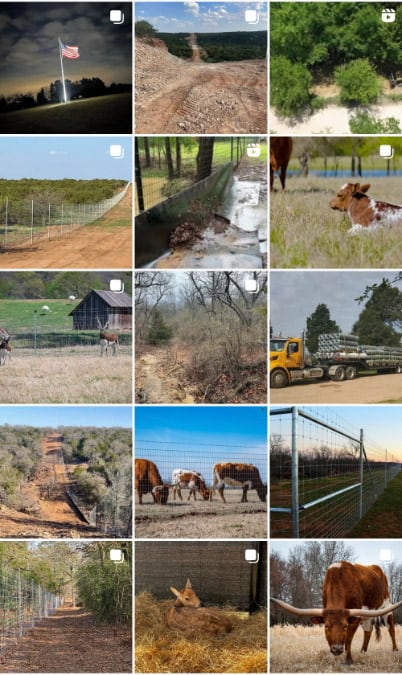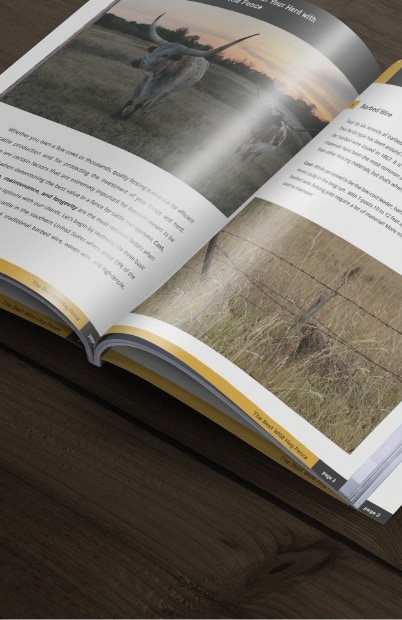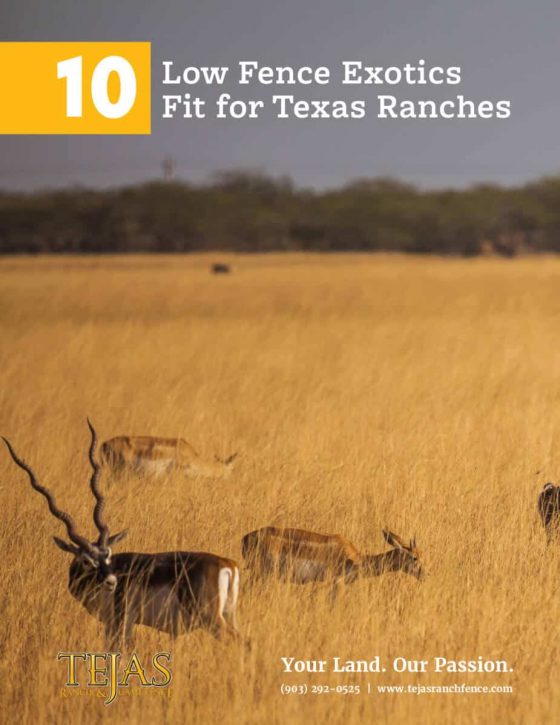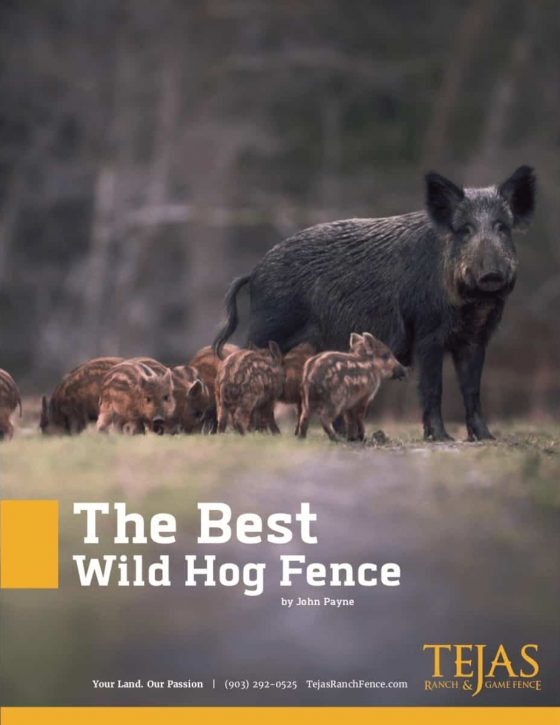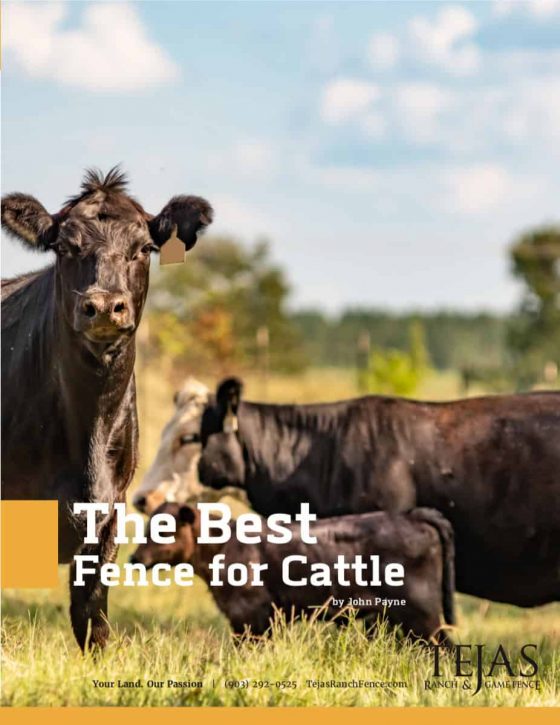The blackbuck, also known as the Indian antelope, is a striking and elegant species. Known for its swift movements, spiral horns, and contrasting coloration, the blackbuck embodies the spirit of the grasslands it calls home.
Understanding the Blackbuck
Origins and Significance
The blackbuck is native to the Indian subcontinent, with its historical range extending from India and Nepal to parts of Pakistan. In ancient times, blackbucks were widespread across the grasslands and open plains of this region. Belonging to the family Bovidae, which includes cattle, goats, and other antelopes, the blackbuck (Antilope cervicapra) holds a unique place in the animal kingdom as the sole living member of the genus Antilope.
The blackbuck’s significance extends beyond its biological classification. In India, this antelope holds cultural importance, appearing in ancient scriptures, folklore, and even art. Revered by some communities and intertwined with religious beliefs, the blackbuck has earned a special place in the hearts and traditions of the Indian people.
Physical Attributes and Unique Features
Their captivating appearance, characterized by contrasting dark and light fur, makes them a favorite among wildlife enthusiasts. Blackbuck males develop a dark brown to black coat, in stark contrast to their white underparts, inner legs, and distinctive white rings encircling their eyes. Females, on the other hand, possess a lighter tan coloration, serving as natural camouflage while caring for their young. This difference in appearance isn’t merely aesthetic; it plays a crucial role in behavior, particularly during mating season.
The most noticeable difference, however, lies in the male blackbuck’s impressive horns. These spiraled structures, reaching up to 30 inches in length, serve as weapons during territorial disputes between dominant males. The size and grandeur of a male’s horns contribute to his status within the herd.
| Height | 2.0 to 2.8 feet |
| Length | 3.3 to 4.9 feet |
| Weight | 75–100 pounds |
| Color | Rich dark brown, with white underparts and inside their legs |
| Lifespan | 10 to 15 years |
| Country of Origin | India and Nepal |
| Habitat | Grassy plains, semi-desert areas, and thinly forested areas |
| Diet | Grasses and forages, but also eat flowers, fruits, and pods |
| Fence Requirement | High-Tensile Fixed-Knot Fencing |
| Suggested Fence Pattern | High Game Fence Blackbuck |
Habitats and Geographic Adaptations
The blackbuck’s story of survival hinges on its ability to adapt to challenging environments. A key factor is their reliance on perennial water sources, essential for quenching their thirst in often arid regions. This need dictates their movement patterns and influences herd dynamics, as they travel long distances in search of water during dry periods.
Furthermore, these antelopes rely on open grasslands and woodlands with sufficient vegetation to support their grazing habits. Their specialized diet, primarily consisting of grasses and herbs, makes them vulnerable to habitat destruction. As human activity encroaches upon their natural ranges, access to suitable foraging grounds becomes increasingly difficult.
In addition to their native range, blackbucks have been introduced in other parts of the world, including Texas, Argentina, and Australia, where they have adapted well to similar grassland environments and have established stable populations on private ranches and hunting reserves.
Behavior and Lifestyle
Blackbucks are highly social animals, their lives unfolding within the intricate dynamics of herds. These herds, often consisting of 5 to 50 individuals, aren’t just random gatherings. The blackbuck faces constant threats from predators such as wolves, leopards, and even feral pariah dogs. These predators pose a significant risk, particularly to young and vulnerable individuals within the herd. By living in herds, blackbucks benefit from increased vigilance, as multiple pairs of eyes are more likely to spot approaching danger. When threatened, the herd scatters in different directions, confusing predators and increasing the chances of individual survival.
The blackbucks’ daily need for water and food shapes their movements, sending them on long journeys across the landscape. Communication is key in such a lifestyle, and they have developed a range of vocalizations and scent-marking behaviors to maintain cohesion within the herd.
Blackbucks are capable of reaching speeds of up to 50 miles per hour. Their powerful, slender legs are built for sprinting, and they can cover long distances at impressive speeds, allowing them to escape from predators. Blackbucks often use a leaping motion called “stotting,” which involves jumping into the air with all four legs extended. This behavior is believed to confuse predators and demonstrate their strength and agility.

Reproduction and Lifespan
Blackbuck reproduction is a fascinating spectacle, marked by fierce competition among males vying for the attention of females. Mating rituals involve displays of strength and agility, with the victors earning the right to pass on their genes.
Following a gestation period of around six months, a single fawn is born. These vulnerable newborns rely heavily on their mothers for protection and nourishment during their first few months of life. The average blackbuck lifespan is around 10-15 years of age, though lifespan challenges vary depending on environmental factors and the presence of predators.
Conclusion
The blackbuck is a remarkable example of adaptation, speed, and beauty. With their unique coloration, impressive spiral horns, and swift movements, blackbucks are a treasured species. Understanding their social structures, habitats, and survival strategies sheds light on the importance of preserving their natural environments. As we delve into the depths of the blackbuck’s existence, it becomes evident that their presence enriches our world’s biodiversity.
Join our email newsletter and receive informative articles like these in your inbox! Subscribe here.
About Tejas Ranch & Game Fence
Tejas Ranch & Game Fence is the go-to ranch fence contractor for landowners with a vision for their property. We have a broad offering of ranch fence solutions, such as high-game fences, cattle fences, hog-proof fences, and more. We offer land clearing, trail construction, and land development consulting along with our fence solutions.
Related Posts
Exotic Black Hawaiian Sheep
Exotic Barbados Sheep
Exotic Zebras
Exotic Rhea
Buffalo
Exotic Addax
Exotic Scimitar Oryx
Exotic Sika Deer
Exotic Painted Desert Sheep
Exotic Mouflon Sheep
Exotic Corsican Sheep
Exotic Fallow Deer
Exotic Aoudad Sheep
Exotic Nilgai Antelope
Exotic Texas Dall Sheep
Exotic Axis Deer
Exotic Pere Davids Deer
